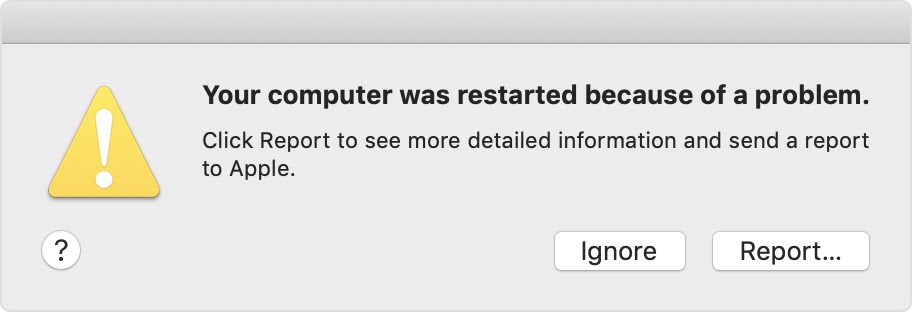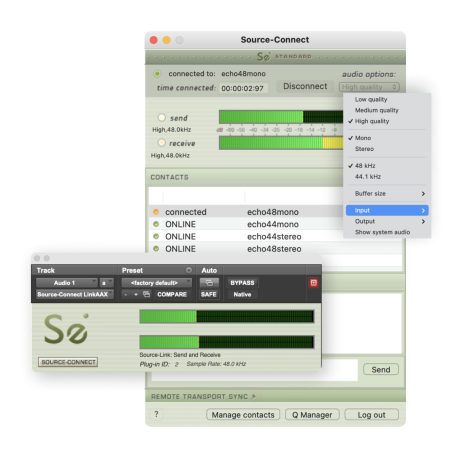

If you’re using a Mac, you should ensure FileVault encryption is enabled. RELATED: How to Encrypt Your Mac's System Drive, Removable Devices, and Individual Files But Windows doesn’t make this as easy as a Mac does - these tools aren’t all just a quick keypress away while you boot your Windows PC.Įnable FileVault Encryption to Protect Your Files There are ways to reset your password on Windows, of course. However, it means a thief can quickly wipe your Mac and start using it. This at least protects your personal files from a thief - they’ll just have to start over from scratch. RELATED: How to Wipe Your Mac and Reinstall macOS from ScratchĮven if your Mac is securely encrypted, anyone with access to it - for example, a thief who stole your MacBook - could enter recovery mode and use the “Reinstall OS X” option to wipe your entire hard drive. These same tools are available by booting from OS X installation media - a DVD or USB drive - on a Mac. This would allow anyone with access to your Mac the ability to change your password and access your user account, although FileVault encryption can protect against it. Traditionally, it’s been possible to boot into recovery mode and select Utilities > Password Reset from the menu, which you could use to reset a password if you’ve forgotten it. This option was removed back in OS X Lion, but you can still access the same password-reset utility in recovery mode by selecting Utilities > Terminal, typing resetpassword into the terminal window, and pressing Enter. Recovery Mode doesn’t normally require a password to access, even though you’d need to enter your password when booting your Mac normally. The key to this process is Recovery Mode - a special environment anyone can access on your Mac if they reboot it and hold Command+R as it boots up. One more thing you could do is after removing the SIM-Card and ejecting the SIM-tray, clean them really well with a handkerchief (or something similar), and then put them back inside.RELATED: How to Bypass and Reset the Password on Every Operating System If another SIM card was used with this iPhone until recently (even if its contract expired), the iPhone may need this particular SIM card to be activated. After all, messages such as “SIM Not Valid” can also appear when a SIM card is damaged. Perhaps the one you already used caused the issue. You may need to replace your current SIM card.

Contact your Carrier and check for activation or network problems. Make sure the SIM card that you inserted is still active with your mobile network. Sometimes using a card from a different iPhone model or another smartphone manufacturer can cause an Invalid SIM Card issue. Make sure the SIM holder closes correctly. Make Sure the SIM Card is Active and WorksĪs obvious as it may sound, remove the SIM card from the SIM tray, and then reinsert it.


 0 kommentar(er)
0 kommentar(er)
